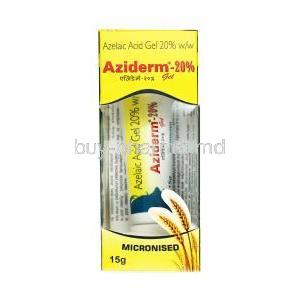Lidocaine(Lignocaine)
Uses
Lidocaine is used for local anesthesia (numb tissues in a specific area)
How it Works
Lidocaine works by stopping sodium from entering the nerve endings at the site of pain, Pain is caused by the stimulation of pain receptors at the ends of nerves, this causes sodium to enter nerve endings which then causes an electrical signal to build up in the nerve. This electrical signal then passes along the nerve to the brain and interpreted as pain. When lignocaine stops sodium from entering the nerve endings it temporarily blocks the pathway of pain signals along nerves to the brain thus temporarily numbing the local tissue in that area.
Common Side effects
Patients who take Lidocaine may suffer from such side effects;
Feeling sick and vomiting,
Blurred vision,
Drowsiness,
Confusion,
Nervousness,
Shaking, usually of the hands (tremor),
Seizures (convulsions),
Pins and needles (paraesthesia),
Dizziness,
Sensation of ringing, or other noise in the ears (tinnitus), or increased sensitivity to noise,
Rash,
Low blood pressure (hypotension),
Slow heart rate (bradycardia),
Shortness of breath,
Slow, shallow breathing (respiratory depression),
Choline salicylate
Uses
Choline Salicylate is used as a pain reliever in musculo-skeletal pain, headache, menstrual pain, dental pain and post operative pain.
How it Works
Choline salicylate is known as a non-steroidal anti-inflammatory drug or as a NSAID. Choline salicylate works by blocking the release of prostaglandins. Prostaglandins causes allergy symptoms and inflammation such as swelling and redness. Thus by Choline salicylate blocking the release of prostaglandins reduces the symptoms of pain.
Common Side effects
Patients who take Choline Salicylate may suffer from such side effects;
Stomach bleeding,
Dizziness












